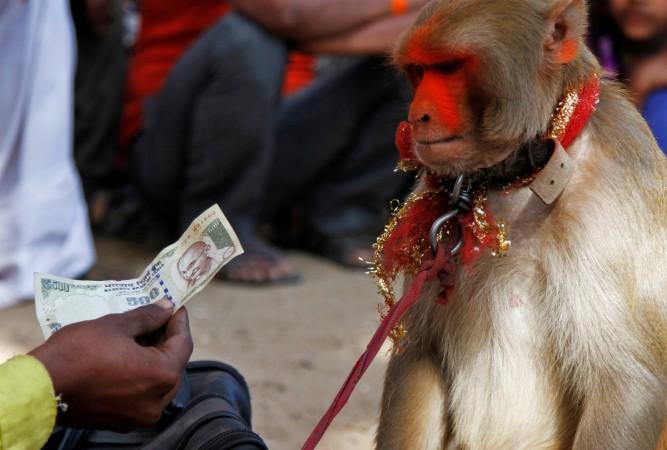
The data collected by the Reserve Bank of India (RBI) shows that about 86 percent of the Rs 17.77 lakh crore that was in circulation till March 31 this year was in the form of Rs 500 and Rs 1000 currency notes in terms of value.
A total of 9026.6 crore bank notes were in circulation across the country in terms of volume till March 31. Around 24 percent or 2,203 crore of those notes were of Rs 500 and Rs 1000 currency notes.
The RBI will now need to dispose of the 2,203 crore currency notes of Rs 500 and Rs 1,000 denominations since the government has demonetised them. The officials have said that they would dispose of the notes according to the guidelines for the disposal of soiled notes, India Today reported.
"These notes will be deposited at the Issue offices of the Reserve Bank. Then the notes will be examined, sorted and the unfit among them disposed of under the currency verification and processing system (CVPS). We will have to examine these notes to ensure they are not fake," the RBI said.
What does CVPS mean ?
Then RBI Governor Bimal Jalan introduced this system to ensure quicker and secured processing of soiled notes. Each CVPS installation can process upto 60,000 currency notes in an hour. Besides counting the notes, it also check their genuineness following which it divides them into fit and unfit categories. The unfit ones are destroyed by shredding them while the fit ones are cut in a way that they can be recycled to produce new currency notes.
How will the old notes be destroyed ?
Once the notes are shredded, they will be converted to briquettes weighing about 100 grams which will then be sold for industrial use through a tender that the RBI invites. The destroyed currency will then be recycled into products like paper weights, calendars and files.









